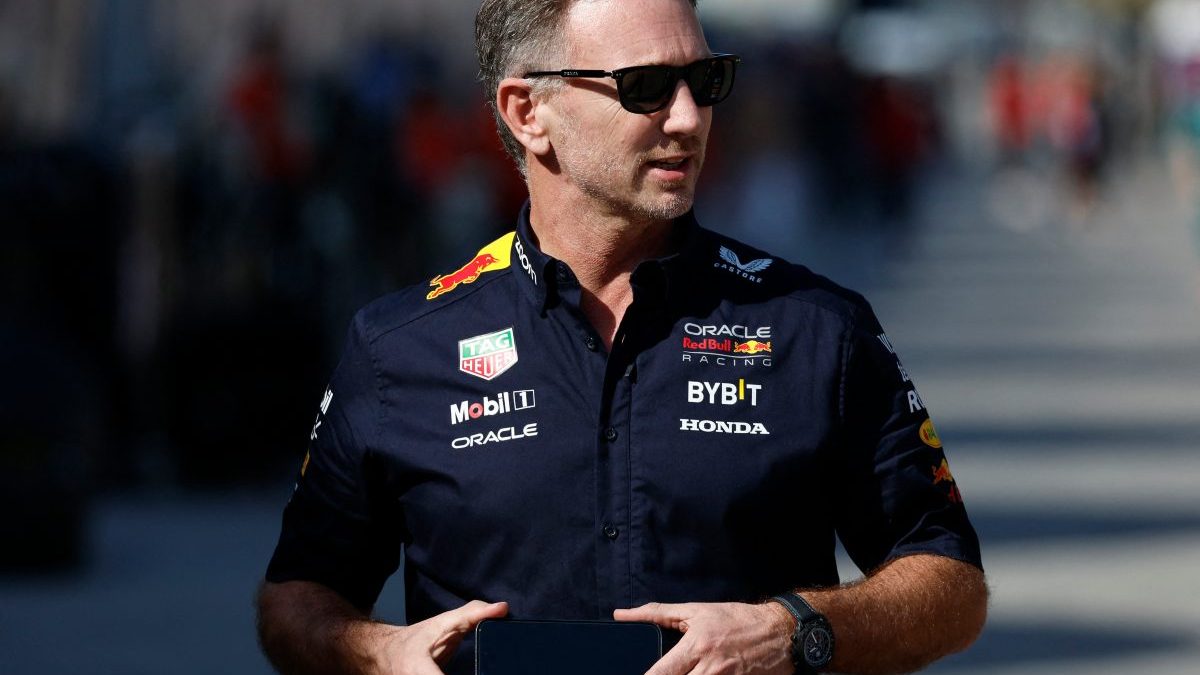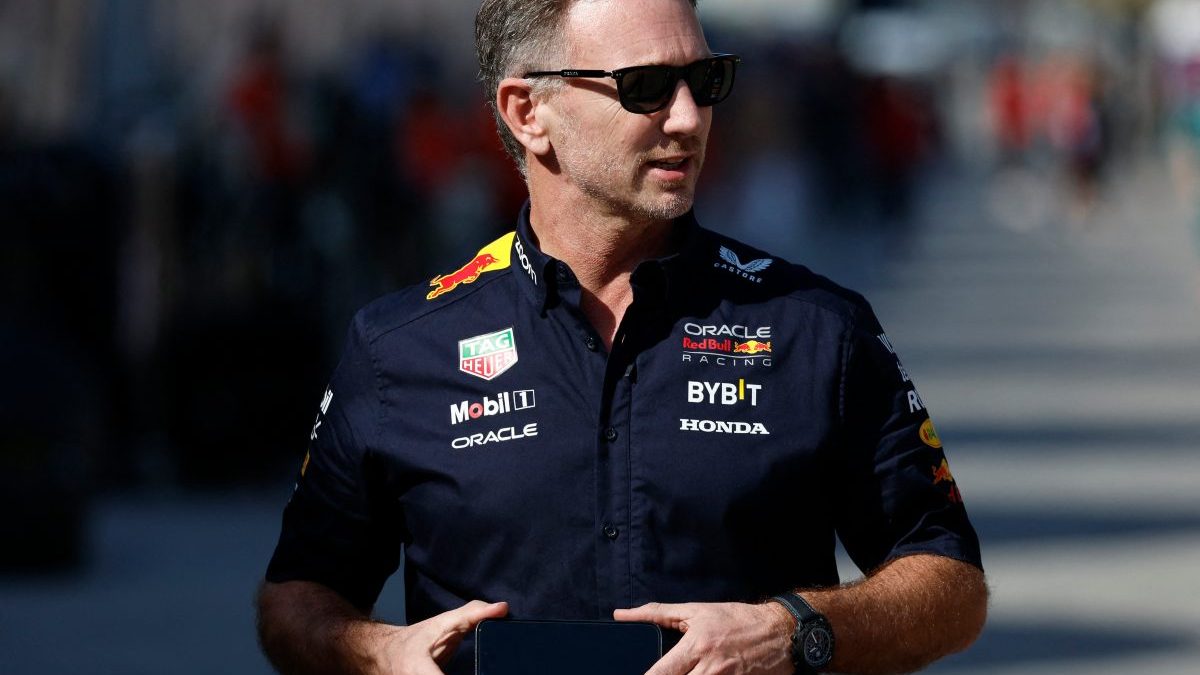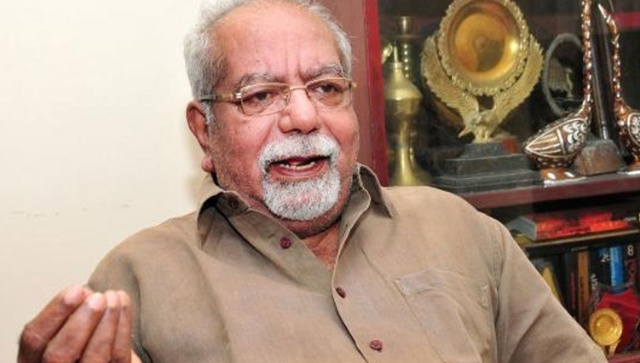Presented by Red Bull Music, Antariksha Sanchar touts itself as a transmedia storytelling experience that celebrates (primarily) South Indian culture through a Bharatnatyam fantasy opera. A thirty-five minutes preview of the planned ninety-minute show opened at Triveni Kala Sangam on the 25 November. The full-length show will be presented in Mumbai on 22 November, and in Delhi on 5 December.
Everything about the night of the preview was unusual, including the tote bag — with a beautiful graphic on the front, a Red Bull inside, all very instagrammable — given out before the show. The performance itself was a melange of traditional and experimental in its three elements — sound (led by Murthovic), animation (led by Avinash Eshwar aka Thiruda, and Quicksand), and Bharatnatyam dance (led by internationally renowned Jayalakshmi Eshwar).
Like its predecessor , which was imagined and executed by Eshwar, this version of Antariksha Sanchar also incorporated flying vehicles from Sanskrit texts in the dance. However, unlike the earlier version, the Bharatnatyam opera centres on the dreams of math genius S Ramanujan, and his destiny to fly on a mysterious vimana (flying vehicle) to explore the cosmos. Ramanujan is the protagonist of the video game, also called Antariksha Sanchar, being produced by Thiruda and Quicksand.
Before the actual performance, Thiruda came up on stage and gave a PowerPoint presentation on the connection between the performance and the video game — the future of Antariksha Sanchar. For him, the game, and the opera were an attempt to “match the rational world of math with the irrational world of dreams, and amplify the aesthetics of Tamil culture through ‘Tamilpunk’ (the Tamil version of Steampunk).” As he spoke, I became increasingly convinced that I had been roped into an elaborate advertisement for what was proudly being called “India’s first adventure video game.”
But then the performance opened with a traditional Ganesh Stuti, with live Carnatic vocals from the ensemble’s Sridevi Keshavan. It was a stunning opening, with the spotlight slowly becoming brighter as the vocals got louder, dawn setting on stage. Perhaps this wasn’t an advertisement after all. The main characters of the opera, Ramanujan and his mother Sita, a dedicated Bharatnatyam dancer, were soon introduced. But with descriptions from their video game character cards being projected on the screen behind them as they danced, the performance, once again, took the feel of an elaborate advertisement.
Initially, stills from the game, of places or characters not involved in the opera itself, were projected on the screen. They didn’t quite match the dancers’ movements, as they were beyond the scope of the universe that was being presented on stage. For instance, when Ramanujan is researching methods of flying, ancient Indian and otherwise, the projector screen showed illustrations of Tamilpunk characters from the video game. The music accompanying these moments on screen is Western, similar to the sound in games like Uncharted. It was the only moment in the preview that disrupted Ramanujan’s trippy, fantastical dream world — one that I, as an audience member, had become invested in. In that moment, while trying to promote only the video game, the ensemble lost sight of celebrating the fantasy world they had created, based in India.
When the opera wasn’t trying very hard to sell the video game though, there were quite a few stunning moments of the three mediums blending well together. What worked, and made these moments spectacular, was that one of the elements — the dance — was entirely traditional. Thiruda explained, unlike music and animations, “in dance, space and time can be warped easily.” So, for an opera exploring time and space, dance had to be the anchor.
The dancers didn’t use props or harnesses to fly, relying instead on footwork and expressions. The illusion of flight was also helped by the animations and music. There was a scene in the show when Sita is describing a helicopter-like vehicle to Ramanujan. During the scene, the screen projected animations of spiralling circles, reminiscent of helicopter blades. The dancers mirrored the animations with spinning formations of their own. The mood from the music at that moment was halfway between epiphany and psychedelic, made crisp by Murthovic’s controlled composition. It took a second for all the different components to come together, but when they did, the scene became more than just a description of an ancient Indian helicopter, and more of the fantastical discovery for both Ramanujan and the audience.
Essentially, the experimental mediums — music and animation — interacted with traditional dance in a way that wasn’t irreverent for the sake of being ‘fresh’ or avant-garde. In particular, animations became a key for those unordained in Hindu mythologies and South Indian culture. A simple dance of Hanuman escaping Surasa’s jowls, for example, may have been confusing, had it not been supplemented by an animation of the story projected on the screen. The music, as Murthovic put it, was “a heartfelt take on Carnatic music and present day electronic music,” born out of trial and hit jam sessions. It made moments in the show, reliant on centuries-old material and belief, like the ultimate scene where Ramanujan is planting the jiva tree, seem cool, and plausible for a video game.
The Antariksha Sanchar preview, as Thiruda said, “was really about representing culture, and showing that the most amazing games and productions in the world can be made in India.” Despite being a concerted effort to represent Indian culture, for the most part, the performance didn’t hit one on the head with the weight of words like representation and culture.
All the performers were celebrating the vast possibilities of Indian fantasy born out of traditional stories and looked like they were having a great time exploring it on stage. As Jayalakshmi Eshwar said at the end of the performance, the transmedia storytelling project was about “how everyone came together, to express what [they> feel, and offer friendship.”
Personally, the show didn’t convince me to buy the game once it comes out, if that really was its aim. By the end of the night, though, I was convinced to return for the full-length opera. If the preview was anything to go by, the performance will be 90 minutes of trippy, often with extremely weird aesthetics and sound, that, like a really good high, will leave you wanting more.


)




)
)
)
)
)
)
)
)